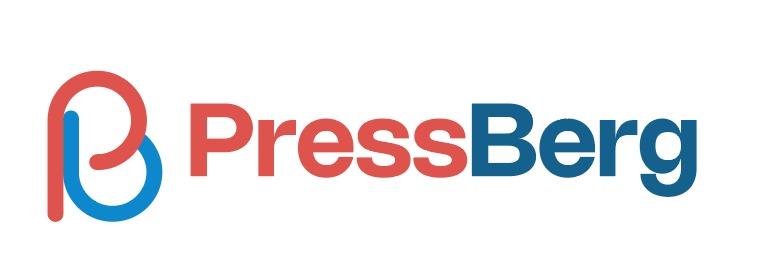It was a wonderful blog post and a must-read for everyone. It meticulously covered almost every aspect that one must check before publishing a post. But Google changes its algorithm daily. What is working today might not be effective tomorrow.
The most common issue that stumbles a blogger in the race for organic web ranking is onsite SEO. Matt Diggity is an SEO specialist. His number of followers on social sites is growing remarkably.
Now, I will use his insights to use some suggestions that may make the blog post more dynamic and up-to-date. Let’s start.
1. Get Your Keyword in the URL
Get your keyword in the URL and keep it brief and short as possible. Inserting extra filler words was assumed to be an effective practice before which is now proved nonsense. Instead shorter URLs perform better. Example:
Good: http://www.wordpress.com/tree-planting
Bad: http://www.wordpress.com/tree-planting-guide-for-nursury-and-gardening
2. Avoid Keyword cannibalization
When two or more pages of a website use the same keywords to appear in the SERP, it is keyword cannibalization. Google doesn’t allow it. Rather you must focus on semantic keywords, entity analysis and internally link the pages to get effective results.
3. Write a Meta Tag for Higher CTR

It was believed that CTR with powerful keywords work for organic ranking. According to Matt Diggity, at present, meta tags don’t work for ranking. But this short description can powerfully persuade users to click on your website. So, better write a great mini-description including keywords preciously.
4. Add Authority Links
It means linking your pages to the web pages that are better performing in SERP ranking. For example: BBC, IKEA, CNN, Forbes etc. There are many online tools to find out the page authority score. It is better to avoid Wikipedia and use niche pages for authority links.
5. Discourage Readers to Click on Authority Links
You must use authority links for SEO ranking. At the same time, explain the gist of the parma-linked words right on your website so that readers don’t have to open a new tab by clicking the links. Research shows it creditably reduces bounce rates.
6. Image Optimization (Alt tag)

Many believe stuffing too many keywords in alt tags and file names works a lot to improve your page ranking. But the fact is this ranking works only on the Google image section. Usually, users don’t love to search websites from the image section. So, only two/three keywords are enough for an alt tag and put much of your focus on content writing.
7. Use Entity Analysis
Using entity analysis makes your content more readable to Google’s Natural Language Processing algorithm. How does entity analysis work? Let’s see. Choose a topic like President Joe Baiden.
Studying his history you will find too many nouns and adjectives associated with the name: Washington DC, Democratic Party, US senator, 46th US president, spouses, children and so on. The more you use the entities naturally in writing, the better your content will be readable to Google machine which will end up in sustainable organic ranking.
Conclusion
Remember, updates are always inspired by the past to make the present look better. This philosophy also goes with blogging. Once you finish reading the blog, use your insight and rationalism to develop your strategies and share them with us without hesitation.
